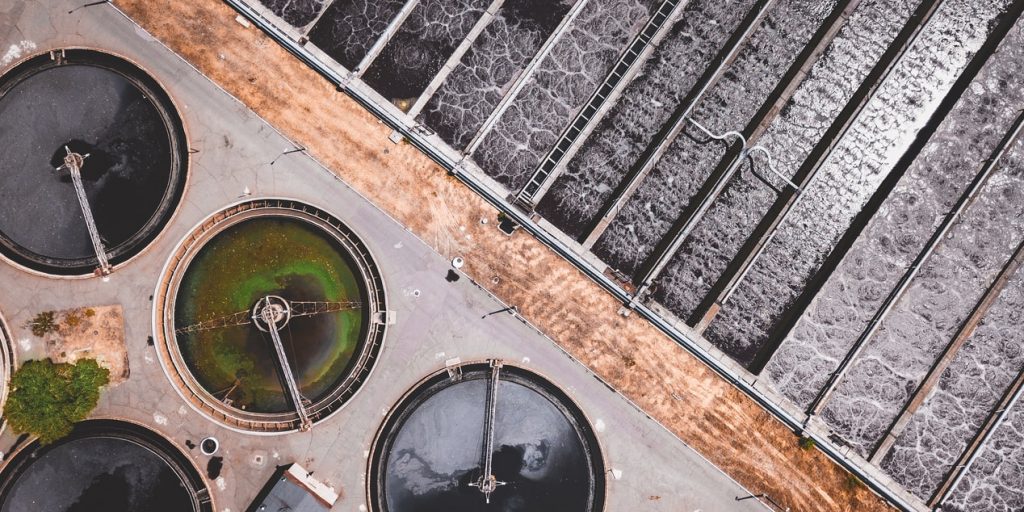The case for ozone in potable reuse and emerging contaminant treatment
In recent years, public awareness surrounding water quality issues has risen dramatically, driving policy and increasingly higher standards of wastewater treatment. The public’s knowledge of the importance of clean water and the factors that can degrade it is partly a result of advancements in our ability to detect micropollutants and trace contaminants at very low levels. We are now much more aware not only of what is in our water, but of the potential implications to human health and the environment.
Accordingly, municipalities that bear the responsibility of ensuring safe water face greater pressure to meet tighter limits and higher levels of effluent quality. As they evaluate technology options to address their unique challenges and meet water quality goals, municipalities can look to ozone as an advanced treatment that offers powerful oxidation and disinfection for targeting a wide spectrum of contaminants and pathogens.
Ozone continues to expand beyond a pure water treatment technology and can be integrated at many points in a water treatment process. It is a stronger disinfectant compared to the chlorine-based chemicals available today, allowing for lower dosage and shorter residence times in water. Since chlorinated contaminants or other chemicals are not added, ozone is known as a pure disinfectant. It has a finite lifetime and decays to oxygen, resulting in a product water that is more oxygenated.
Looking ahead, two issues in particular stand to accelerate the adoption of advanced treatment solutions and ozone technology at the municipal level: water scarcity (driving potable reuse), and emerging trace contaminants.
Full-flow treatment for tailored potable reuse
In the coming decades, water scarcity is widely expected to become a more dire concern. In the U.S., water stress will intensify as the population expands—creating greater water demand—and freshwater resources diminish from a changing climate. As U.S. populations become more vulnerable to water shortages, communities will increasingly look to alternative water sources like reusing treated water. Globally, demand is steadily outpacing supply, and is projected to do so by 40 percent by 2030.
Water reuse generally occurs on a continuum, where effluent is treated to a quality that fits the intended end use. While most reclaimed water in the U.S. is used for non-potable applications, such as irrigation or industrial cooling, potable reuse projects are expected to increase as municipalities respond to growing needs.
Already, the push is clear—more municipalities are building treatment process schemes with the flexibility to produce water to higher standards. For those that include potable water, two different types of reuse targets are possible. These include indirect potable reuse (IPR), where purified water is discharged into an environmental buffer such as a lake or a groundwater aquifer before being reintroduced into a water supply system, and direct potable reuse (DPR), where purified water is sent directly into a water supply system.
For both types, ozone is integrated in combination with other processes, such as UV and membrane filtration, as a tertiary treatment solution or even a fourth stage solution at the end of a process treatment line. Providing powerful disinfection and chemical-free oxidation that can be up to 50 percent stronger than gaseous chlorine, ozone offers robust efficacy at reducing pathogen and trace contaminant concentrations. With ozone, treatment professionals have a full flow treatment option that provides 100 percent water purification flow without a water segmentation step or a reject stream. Beyond pathogen reduction, the semi-selective oxidizing power of ozone reduces contaminants in the treated water.
A best available technology for trace contaminants
Contaminants of emerging concern (CECs) are increasingly being detected in our waters at low but steadily increasing concentrations. These chemicals and byproducts—which include pharmaceuticals and personal care products (PPCPs), per- and polyfluoroalkyl substances (PFAS), and microplastics—carry a certain level of concern in the water quality industry due to their human health and environmental risks. The full extent of these risks are still being understood, but their negative impact is well documented.
CECs and other micropollutants are present in wastewaters at parts per billion or even parts per trillion levels, and are not effectively removed when using traditional treatment technologies. As a regulatory framework is considered in areas around the world for managing different CECs, ozone offers a best available technology for oxidizing and removing low-level concentrations of emerging contaminants, including endocrine disrupting chemicals (EDCs) and trace organic compounds. Ozone acts as a complementary solution to filtration and carbon absorption, which come together in a multi-treatment process for effectively purifying water and reducing trace contaminants.
A technology building block for the future
As communities take steps to provide reliable long-term water supplies through potable reuse and ensure that our waters are safe by mitigating threats to water quality, ozone will be one part of a suite of building blocks for creating the most effective treatment process. In the same way that awareness has brought water quality standards to where they are now, awareness will guide us into the future as we continue to address these and other challenges.
Trevor Dale is Senior Product Manager for SUEZ Water Technologies & Solutions. Reach him at [email protected].




















